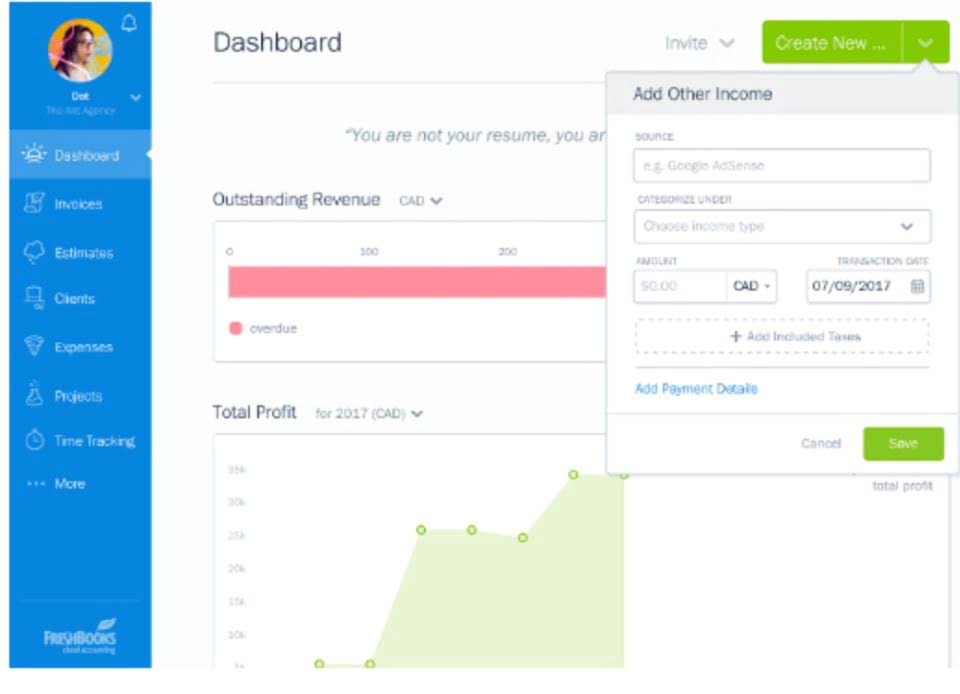
This can also be referred to as unlevered free cash flow, and it represents the surplus cash flow available to a business if it was debt-free. A common starting point for calculating it is Net Operating Profit After Tax (NOPAT), which can be obtained by multiplying Earnings Before Interest and Taxes (EBIT) by (1-Tax Rate). From that, we remove all non-cash expenses and remove the effect of CapEx and changes in Net Working Capital, as the core operations are the focus. Deducting capital expenditures from cash flow from operations gives us Free Cash Flow, which is often used to value a business in a discounted cash flow (DCF) model. While operating cash flow tells us how much cash a business generates from its operations, it does not take into account any capital investments that are required to sustain or grow the business.
Ask a question about your financial situation providing as much detail as possible. The articles and research support materials available on this site are educational and are not intended to be investment or tax advice. All such information is provided solely for convenience purposes only and all users thereof should be guided accordingly. Finance Strategists has an advertising relationship with some of the companies included on this website. We may earn a commission when you click on a link or make a purchase through the links on our site. All of our content is based on objective analysis, and the opinions are our own.
What is the Free Cash Flow (FCF) Formula?
Investors must thus keep an eye on companies with high levels of FCFF to see if these companies are under-reporting capital expenditures and research and development. Companies can also temporarily boost FCFF by stretching out their payments, tightening payment collection policies, and depleting inventories. These activities diminish current liabilities and changes to working capital, but the impacts are likely to be temporary. Cash flow is the net amount of cash and cash equivalents being transferred into and out of a company. Positive cash flow indicates that a company’s liquid assets are increasing, enabling it to settle debts, reinvest in its business, return money to shareholders, and pay expenses.
Now we discount back these future figures to the present value by using a proper discount rate. It is the amount of free cash available to the company’s equity shareholders, which can be used for dividends or buybacks. A negative FCFE from CFO can be interpreted as no free cash flow available for the firm’s equity holders. However, remember the rule that how to calculate cfo each item included must be recurring and part of the core operations – thereby, not all non-cash items are added back (e.g., inventory write-downs). CFI is the global institution behind the financial modeling and valuation analyst FMVA® Designation. CFI is on a mission to enable anyone to be a great financial analyst and have a great career path.
Net Working Capital (NWC): Current Assets
Most REITs adhere to Nareit’s formal definition and guidelines to compute FFO. Managing cash successfully is the number one priority of most growth companies now, Anna Brunelle, CFO of autonomous vehicle company May Mobility, told CFO. While May Mobility raised a $105 million series D funding round not long after Brunelle joined, she’s focused on a financial plan that gets the company to profitability in a series of steps.

Thus, net income has to be adjusted by adding back all non-cash expenses like depreciation, stock-based compensation, and others. In short, the greater the variance between a company operating cash flow (OCF) and recorded net income, the more its financial statements (and operating results) are impacted by accrual accounting. Since it is prepared on an accrual basis, the noncash expenses recorded on the income statement, such as depreciation and amortization, are added back to the net income. In addition, any changes in balance sheet accounts are also added to or subtracted from the net income to account for the overall cash flow. The Financial Accounting Standards Board (FASB) recommends that companies use the direct method as it offers a clearer picture of cash flows in and out of a business.
